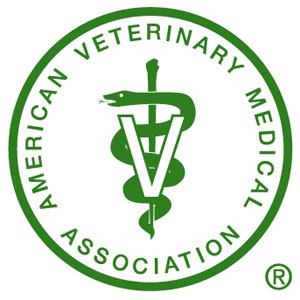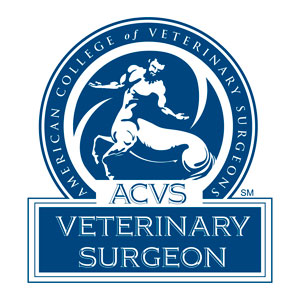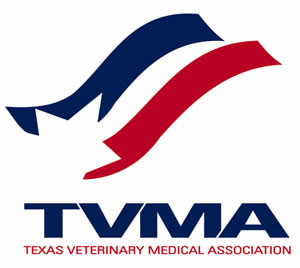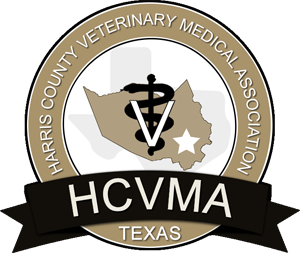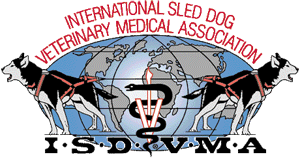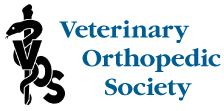Postoperative Care - Total Hip Replacement Instructions
 After your pet undergoes a total hip replacement surgery (THR), their postoperative care is critical in terms of comfort, safety and recuperation. By carefully following the instruction listed below, you can aid healing, minimize the risk of complications or requiring additional surgery and speed recovery. These instructions are vital to ensuring your pet’s comfort! This is what you can expect:
After your pet undergoes a total hip replacement surgery (THR), their postoperative care is critical in terms of comfort, safety and recuperation. By carefully following the instruction listed below, you can aid healing, minimize the risk of complications or requiring additional surgery and speed recovery. These instructions are vital to ensuring your pet’s comfort! This is what you can expect:
Incisional Discharge
Any drainage or discharge from the incisions is not normal! If any is present, please contact your surgeon or primary care veterinarian. Also contact us if the incision has an abnormal appearance.
Medications
It is imperative for your pet’s health that you follow the medication schedule exactly and give prescribed medications for the length of time indicated. We cannot stress this enough! A plastic pill box can help you in remembering to give your pet their medications. Most medications are administered the morning on their release from the hospital.
A pain patch is applied to your pet’s skin for pain relief which may still be present at the time of their release. If this applies to you, please do not allow the patch to become loose, or come in contact with a child. You may remove the pain patch after the first 48 hours of release.
Incisions
Surgical incisions should remain dry to prevent infection. Check the incision 2-3 times a day for a discharge or odors until it is completely healed. Otherwise, leave it alone. Do not let your pet lick their incision. Licking the incision will be irritating, and can predispose to an infection. Licking may also result in the stitches coming out too soon. In case of excessive licking or biting, an Elizabethan Collar, or other protective device, may be recommended.
Activity Restrictions
Activity must be restricted for the first 5-6 weeks of postoperative care. This may be a difficult reality to live with, but it’s an important one! It is particularly important to restrict your pet from running, jumping, playing, stair running, jumping up and down off furniture, and going for walks in the neighborhood.
INADEQUATE RESTRICTION OF ACTIVITY IS A COMMON CAUSE OF POSTOPERATIVE COMPLICATIONS AND INCREASED VETERINARY COSTS.
Crating your pet, keeping them in a small room, or in an exercise pen during this period may be necessary. In addition, it is important for your pet to avoid slick surfaces, ensuring they don’t slip and fall. Some people find it helpful to place temporary runners or other good traction surfaces in high traffic areas where tile or hardwood flooring is present.
Many pets prefer to be with their owners when they are recoverning. Some will try to follow you around the house, up and down stairs, and so on. If you use a crate to restrict activity, move the crate to the room you’re going to be in so your pet does not follow you around the home. The more normal the routine, the happier he will be. Familiarization with the postoperative location can be introduced before the surgery date to minimize problems when your pet arrives home after surgery.
After the first 5-6 weeks of postoperative care you will be asked to begin limited exercise, twice a day, beginning with short regular walks which will be determined at your pet’s recheck. You may progressively increase the distance of your walks. These walks should last for a month. After this time your pet may progressively resume normal activity. You will receive specific instructions customized for your pet.
The most difficult part of the healing process is when your pet begins to feel better and wants to be active. Be firm and committed. It is recommended that you mark your calendar for the six-week target date of when you can discontinue some of your pet’s activity restrictions.
Some strenuous activities should be avoided for life. These include activities where your dog may jump up and land with all their weight being supported by their hind legs, such as in Frisbee chasing or competition. Most endurance activities, including long walks, swimming, and running, are acceptable when rehabilitation is complete. Competition and strenuous exercise after THR should be discussed before surgery with your surgeon. A customized rehabilitation program can be developed for dogs that will have strenuous and vigorous activity.
Postoperative Care Follow-Up
Checkups are completed at 10-14 days after surgery, at 6 weeks, and annually thereafter. All sutures are removed at the 10-14 day visit. Both the six week and annual checkups will consist of an examination and radiographs. Please note that these checkups may take up to an hour of your time. Your pet may be given a sedation to ensure comfort and perfect radiographs. You have the option of admitting your pet for the day, or making an outpatient appointment, depending on your schedule.
We closely monitor all total hip replacement recipients for the duration of their life. Therefore, it is recommended that you notify us of any change in your address, and/or or phone number. Periodically, we may send short questionaires to you, which ask how your pet is performing. We ask that you please help us by filling these out and sending them back to us.
Should your pet ever need antibiotic therapy, or a dental procedure, please feel free to contact us and ask about an antibiotic protocol.
We love to see pictures and short video clips of your companion performing with their hip replacement(s).
Click here for a printable PDF






